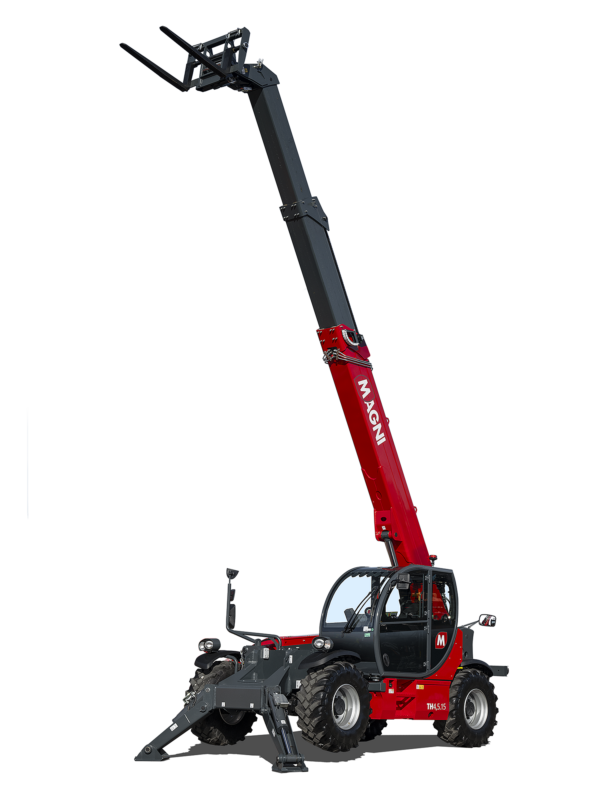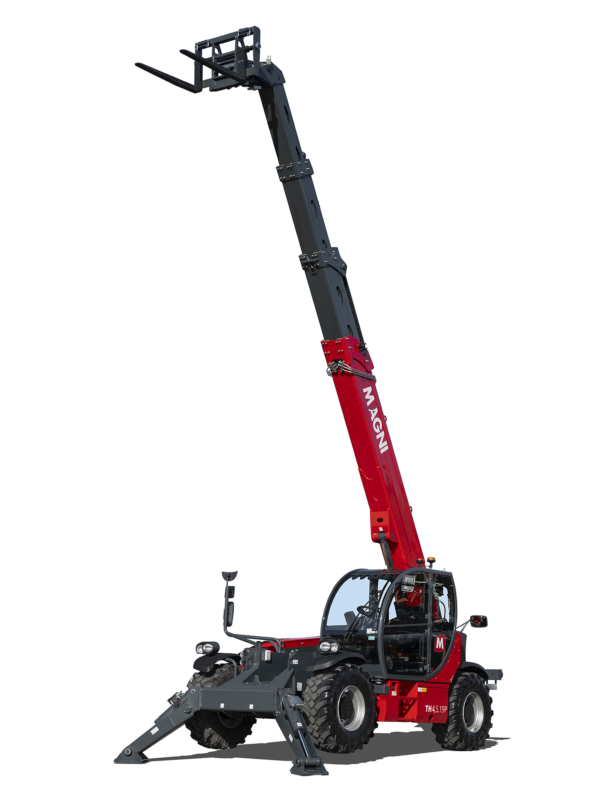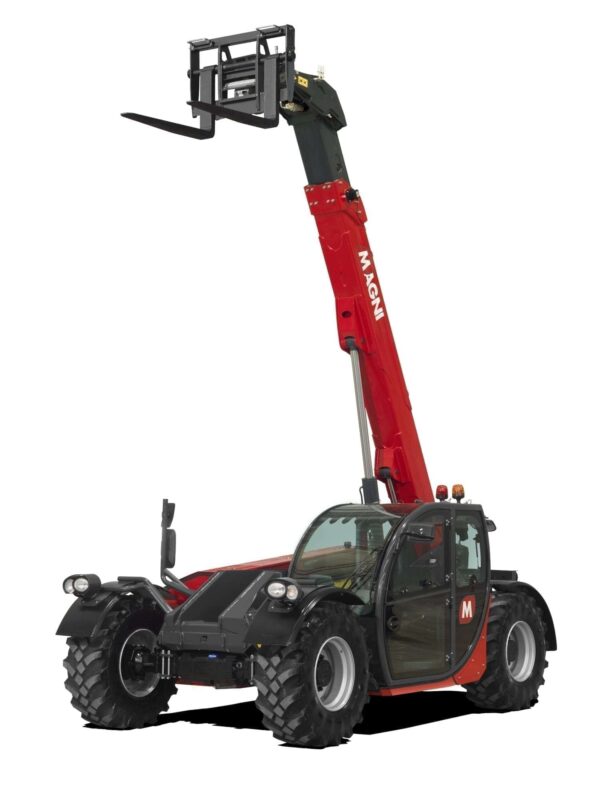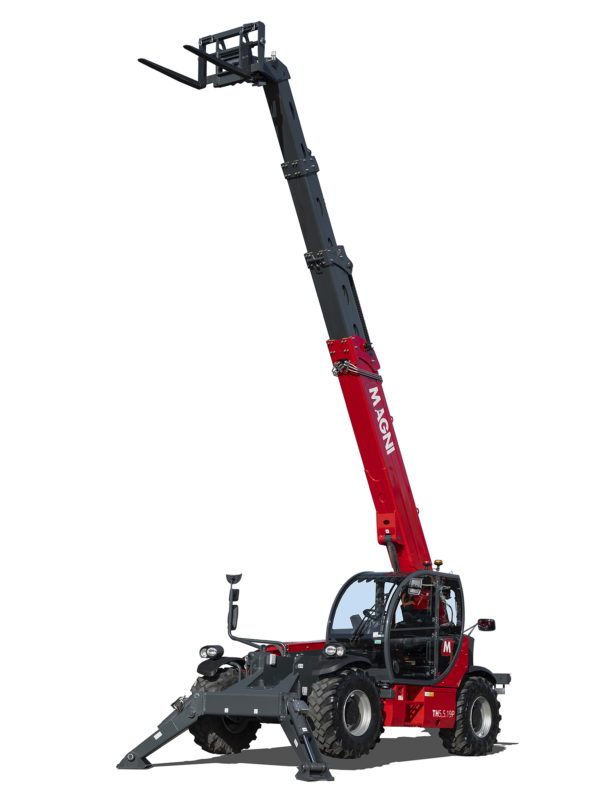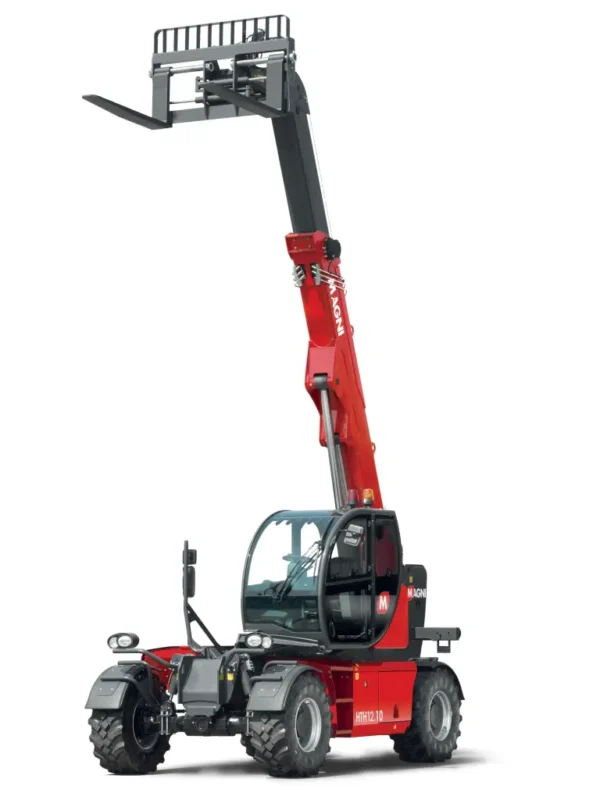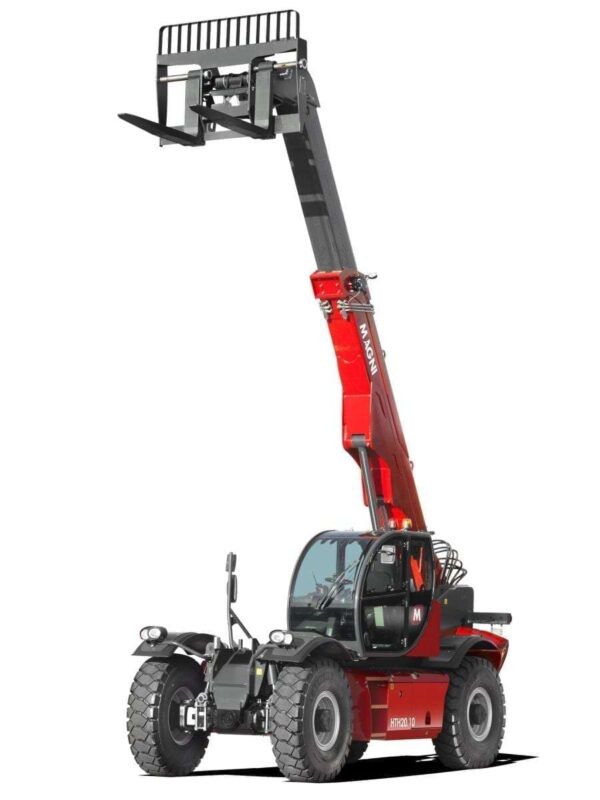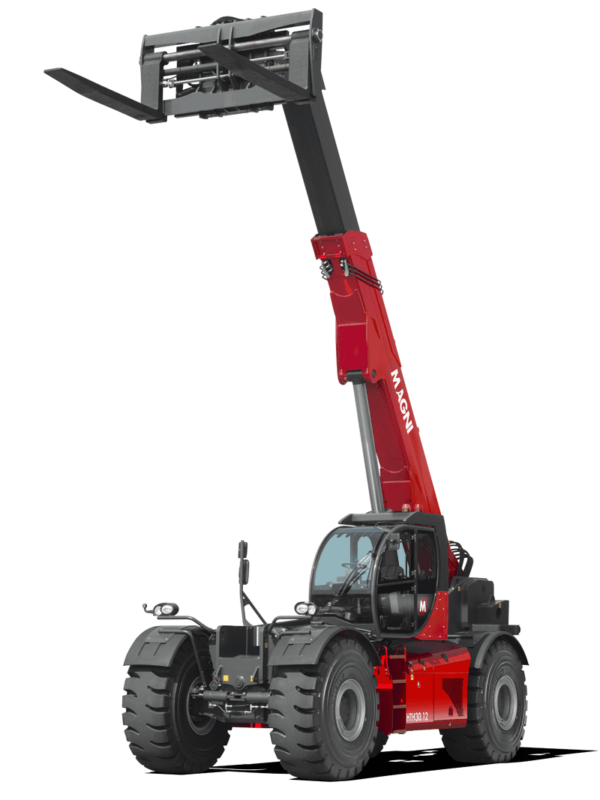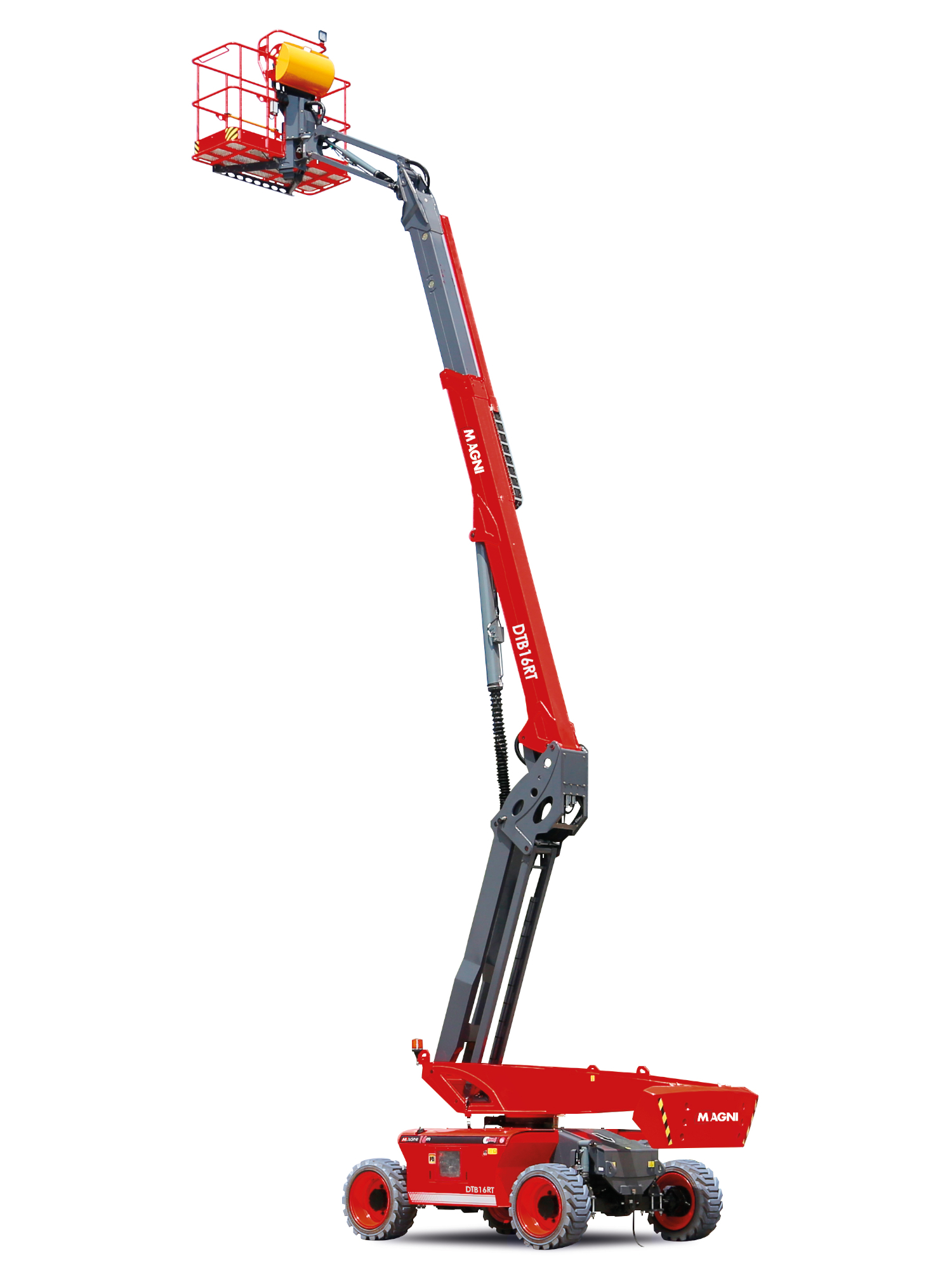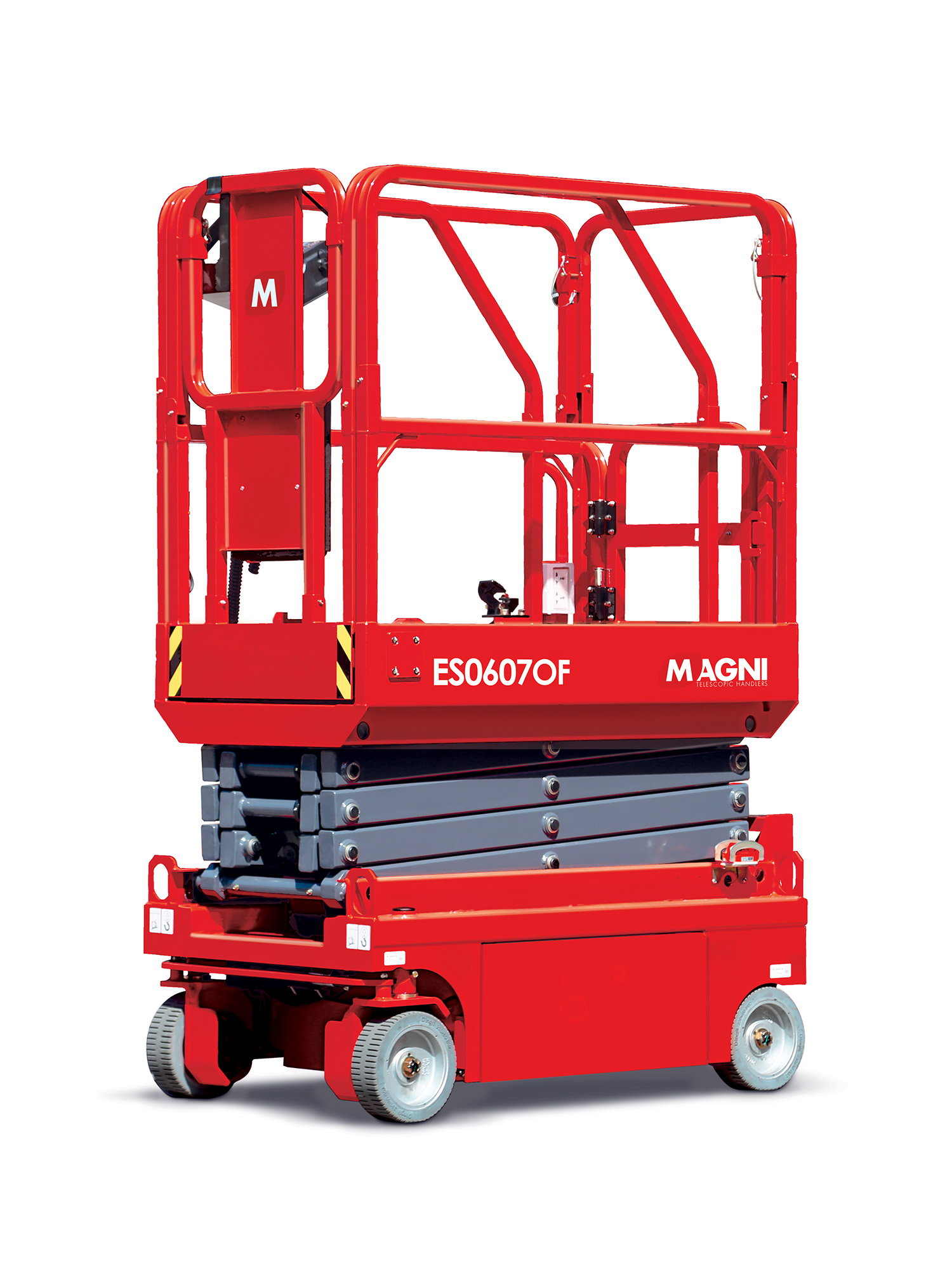Telehandler for sale
When it comes to flexible and powerful machines in the construction industry, telehandlers are one of the most popular choices. These versatile vehicles can reach new heights – literally – and are prized for their ability to lift heavy materials over long distances. In this article, we’ll dive into what you should consider when searching for telehandlers for sale. Consider focusing on key features such as lifting capacity, reach and maneuverability to ensure you choose the right machine for your construction needs. Also remember to check for any optional extras or customization options that can improve the efficiency and versatility of your telehandler. By making a thorough assessment of your requirements and needs, you can ensure that you invest in the right equipment that will help increase productivity and efficiency in your workplace.
Telehandlers
Rotary telehandlers
5.18
- 4,999 kg
- 17,40 m
- 14,50 m
5.21
- 4,999 kg
- 20,50 m
- 17,40 m
5.23
- 4,999 kg
- 22,80 m
- 19,50 m
5.25
- 4,999 kg
- 24,60 m
- 19 m
6.22
- 6,000 kg
- 22 m
- 18,40 m
6.26
- 6,000 kg
- 25,80 m
- 22,20 m
6.31
- 6,000 kg
- 30,80 m
- 26,90 m
6.31 EC
- 6,000 kg
- 30,80 m
- 26,90 m
6.39
- 6,000 kg
- 38,90 m
- 27 m
6.46
- 6,000 kg
- 45,60 m
- 32 m
6.51
- 6,000 kg
- 51 m
- 34,50 m
13.26
- 13,000 kg
- 26,20 m
- 21,30 m
8.27
- 8,000 kg
- 26,60 m
- 23,10 m
8.35
- 8,000 kg
- 34,90 m
- 27 m
8.39
- 8,000 kg
- 38,80 m
- 27 m
8.46
- 8,000 kg
- 45,60 m
- 33 m
10.37
- 10,300 kg
- 36,70 m
- 30,50 m
What to consider when buying a telehandler?
When considering buying a telehandler, there are several important factors to consider to ensure you make the best choice for your needs. First and foremost, you need to consider the primary application of the machine, as this will influence the choice of model and capacity. It’s also essential to consider the lifting capacity and reach of the machine to ensure it can handle the tasks you plan to use it for. In addition, you should check the condition of the machine – especially if it is a used model – including previous use, maintenance history and any defects or wear that may affect the functionality of the machine or require future repairs. Finally, it’s important to consider the long-term aspect, which includes maintenance costs, availability of spare parts and, last but not least, the potential resale value of the machine.
What is the life expectancy of a telehandler?
The lifespan of a telehandler can vary significantly depending on the make, model and, most importantly, how it is maintained. In general, a properly maintained telehandler can last 10 to 15 years. Regular service and maintenance is key to maximizing the lifespan of any telehandler.
Can telehandlers be used on all types of terrain?
Yes, telehandlers are designed to be robust and can work effectively in different types of terrain, including uneven and muddy ground. However, it’s important to choose a model with the right type of tire or track to match the specific terrain conditions you plan to work in.
How do you choose the right telehandler?
When searching for telehandlers for sale, there are several factors to consider. It’s important to consider the machine’s lifting capacity, reach, size and any additional features that can make your work more efficient. In addition, it’s also good to look into the maintenance costs and any services offered with the telehandler purchase. By paying attention to these details, you can make an informed decision on the best equipment for your needs.
Lifting capacity
You should carefully consider how much weight your telehandler needs to handle, as this will have a direct impact on its efficiency and functionality. It’s crucial to take into account the different tasks you expect to perform, as capacity requirements can vary significantly depending on the nature of the task. Make sure to match the machine’s capabilities with your specific needs to ensure optimal performance and productivity.
Range
Another important consideration is the length of the telescopic arm and its impact on your working conditions. It’s crucial to consider how high you need to be able to reach and how far you need to be able to stretch your arms to perform your tasks effectively. A longer reach may mean you need a larger machine, which can make maneuvering more difficult, especially in tight spaces. It is therefore important to find the right balance between reach and maneuverability to ensure optimal productivity and safety while working.
Size and maneuverability
The size of the telehandler should also reflect the workspace. When choosing a telehandler, it’s important to consider the working environment. Large machines can be problematic in tight urban environments where you need maneuverability and precision. Conversely, small machines can be limited in power and reach, which can be crucial for agricultural tasks that require strength and capacity. It is therefore essential to find the right balance between size and performance to suit the specific tasks at hand.
Accessories
Many telehandlers can be customized with different accessories to meet specific needs. Examples of accessories include forks for handling pallets, shovels for moving soil or materials, and hoists for lifting heavy objects. This flexibility makes telehandlers even more versatile and efficient on various job sites. Research the many accessory options available to ensure you get the most out of your investment.
There are several types of telehandlers
There is a wide range of telehandlers designed to meet specific industrial and agricultural needs. From compact models perfect for smaller jobs and tight workspaces, to powerful machines equipped with advanced features for heavier lifting and greater reach. Some telehandlers are also equipped with versatile attachment options, enabling them to handle a variety of tasks with different equipment.
Common telehandlers
Common telehandlers are often equipped with a number of standard features that make them an indispensable tool in many different sectors. These include hydraulic drive, which allows for precise control and positioning of the load, and a variable lifting capacity that enables them to adapt to different weight classes. With the ability to attach various equipment such as pallets, forklift arms, buckets and hooks, these machines become even more versatile. Their flexibility makes them important not only for the construction and agricultural sectors, but also in warehouse management and in many other contexts where transportation and lifting of heavy objects is required.



